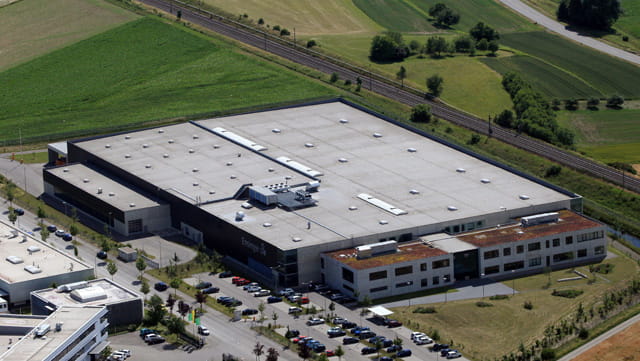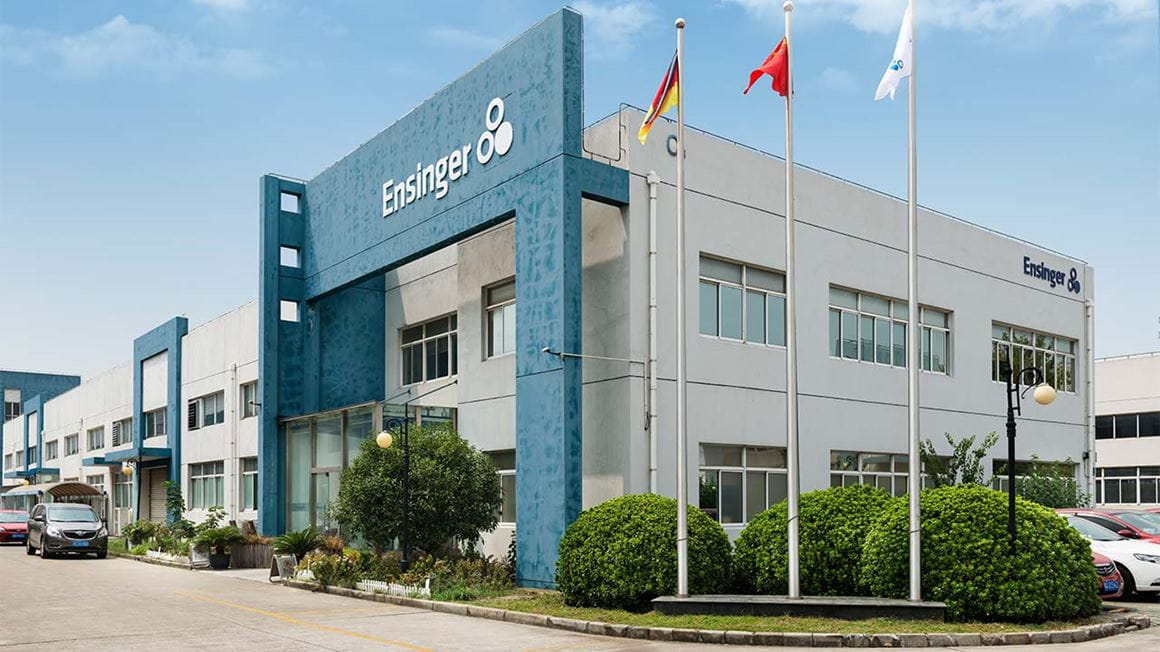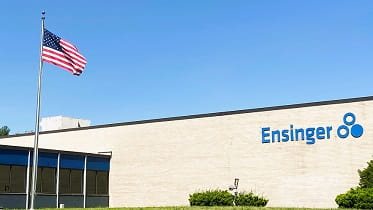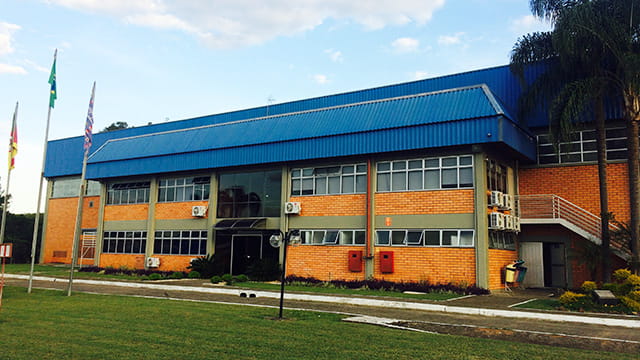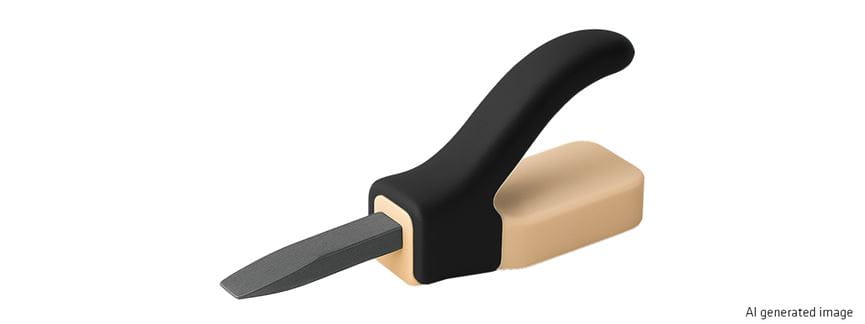
Choosing the right materials is crucial for the quality of the injection overmolding process. The two materials must be able to be joined together mechanically or chemically to create a durable and resistant structure.
Basically, a variety of thermoplastics can be combined with each other. Ensinger offers the following materials in various combinations for the first and second layer: PEEK, PPS, PA, PAI, PVDF, PEI, PET, POM, PPSU, PSU, LCP.
High-temperature plastics are often combined to achieve higher strength or improved tribological properties. Plastics modified with carbon fibre (CF), glass fibre (GF), PTFE or graphite are often combined with unreinforced plastics, or even the same material in modified form.
Typical combinations are:Very good adhesion
Overmolding is used in many industries, including:
